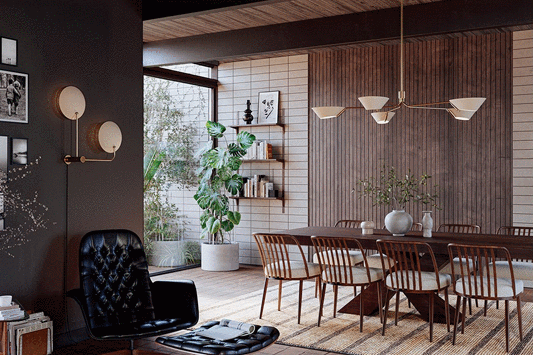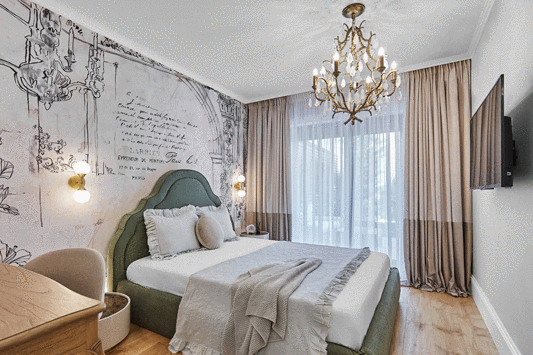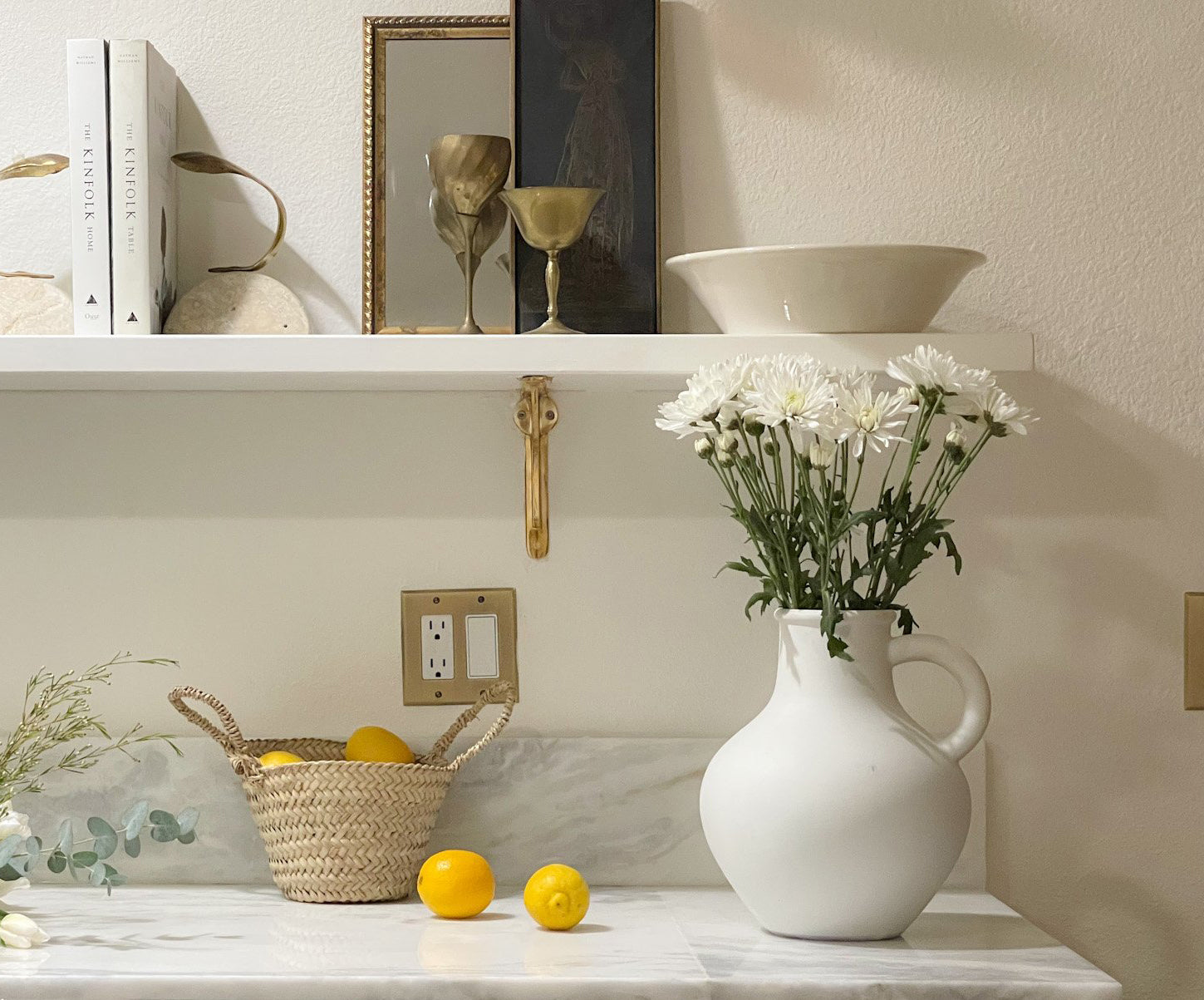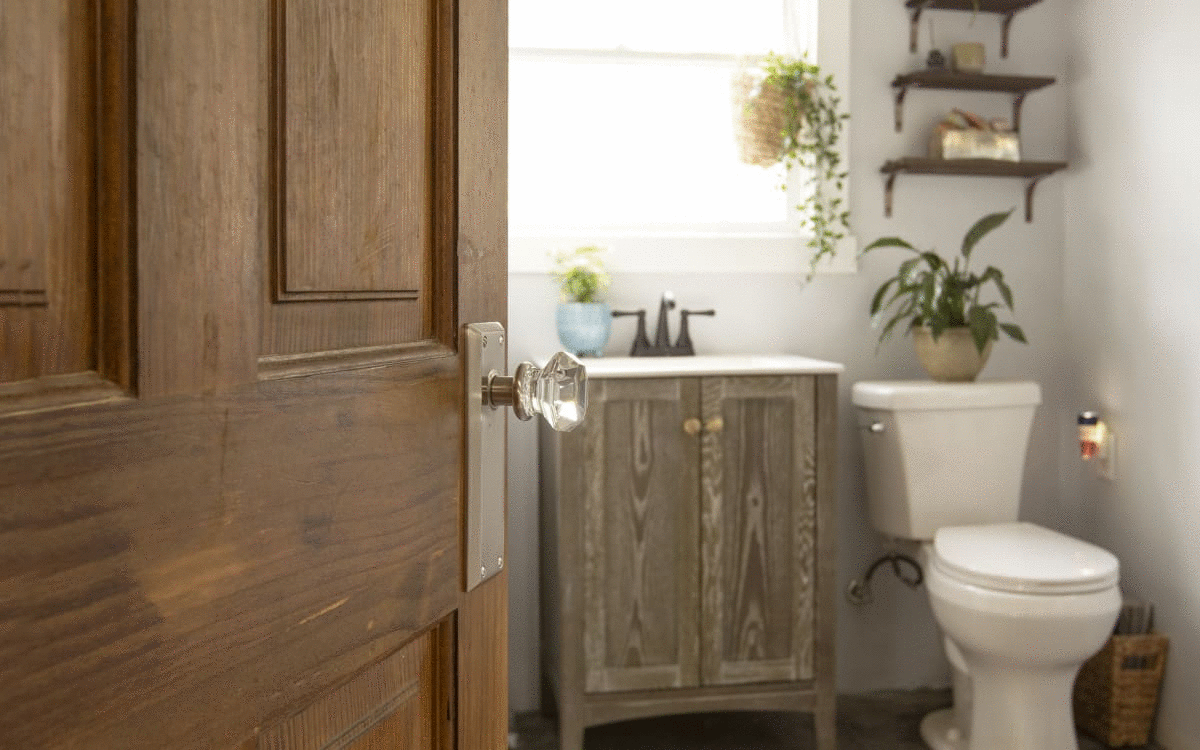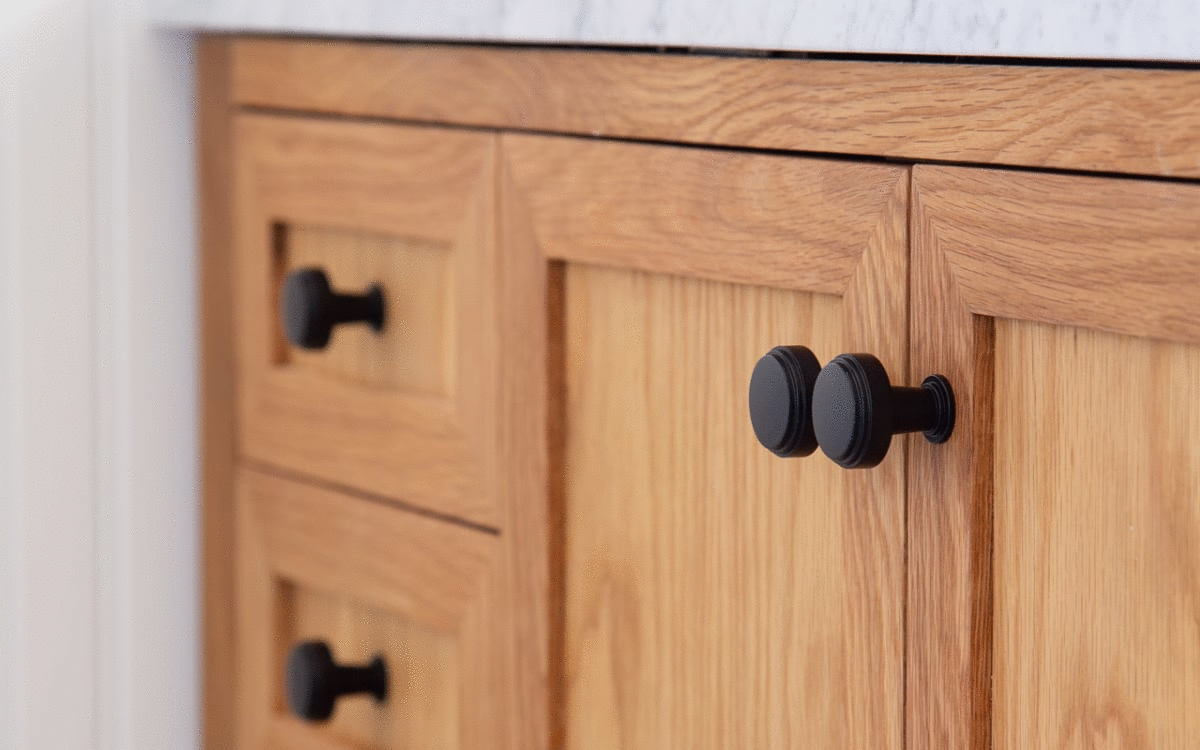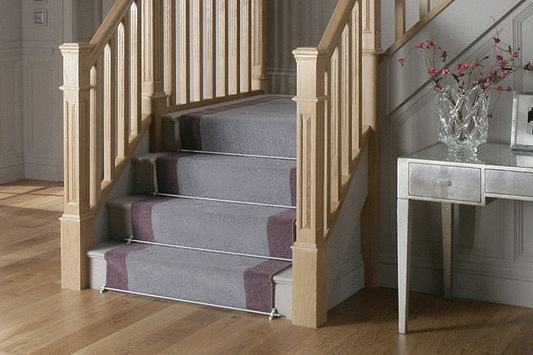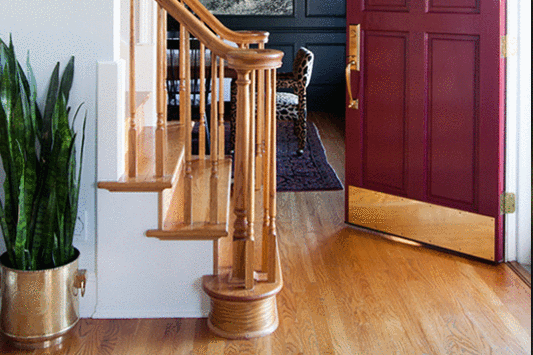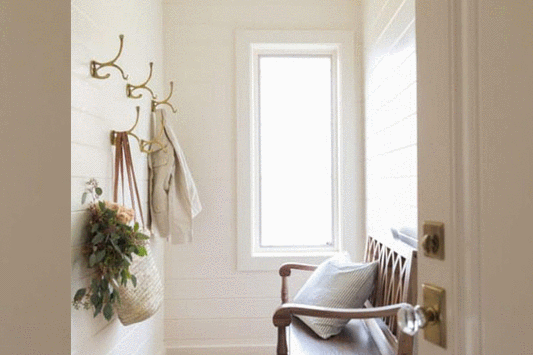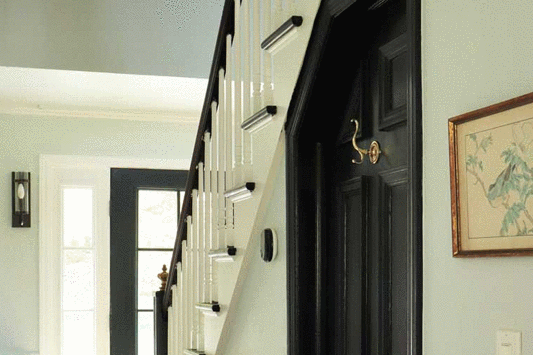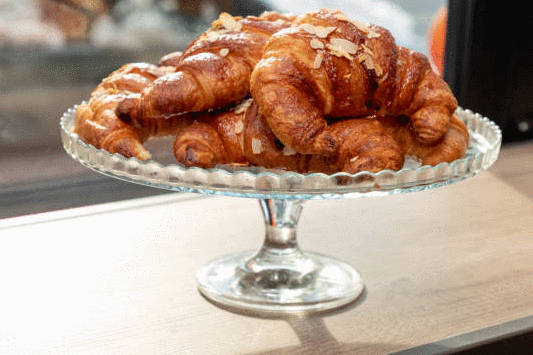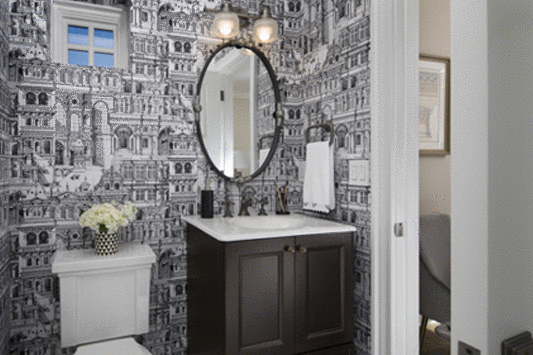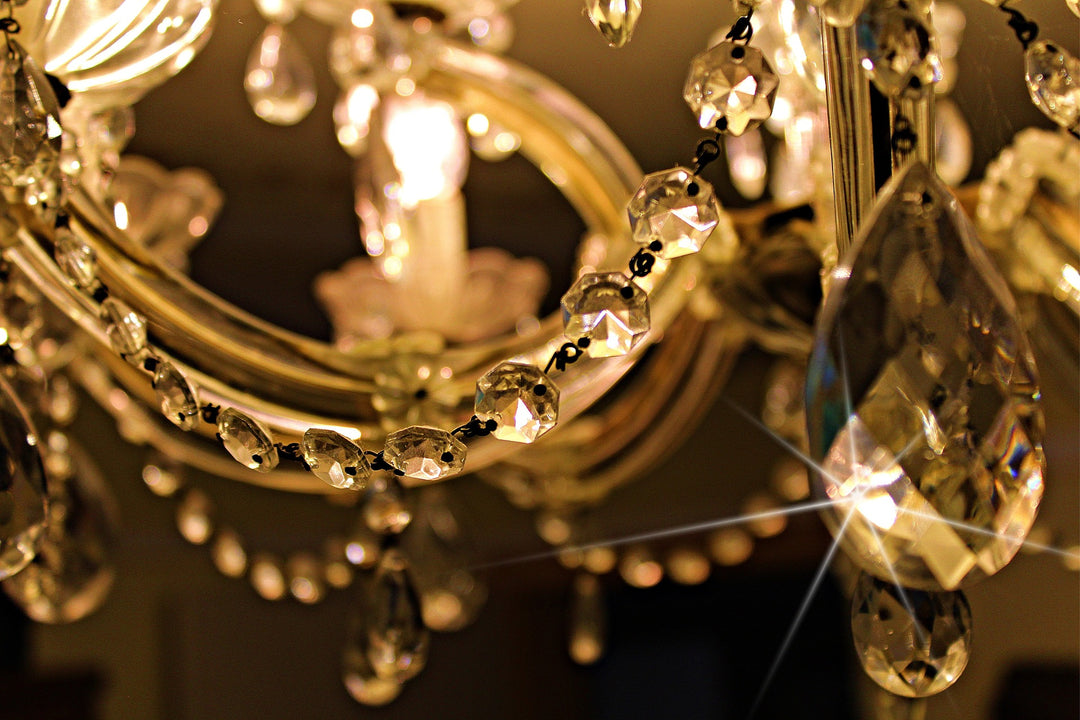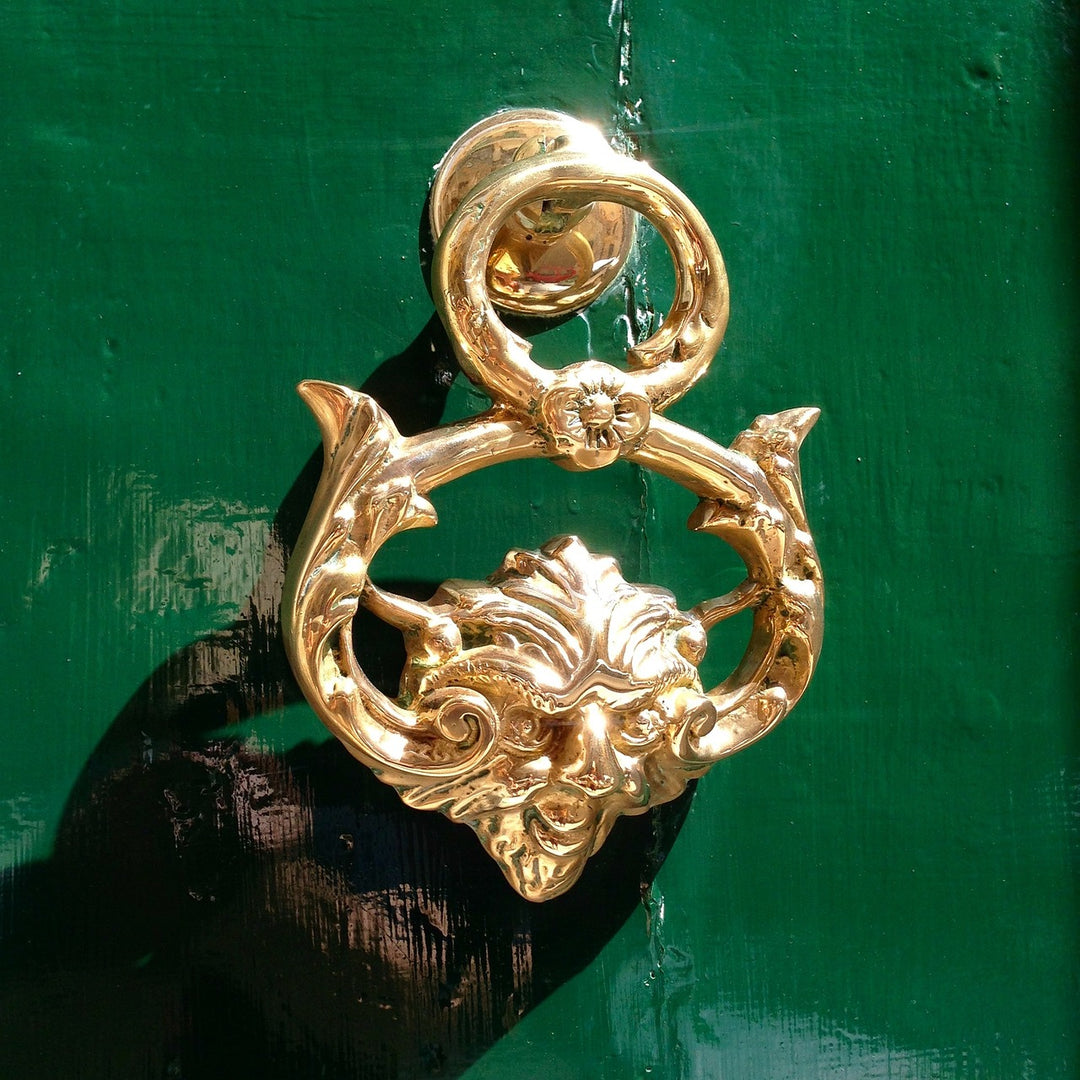Art Deco Influence on Modern Design
Art Deco is a style that emerged in the early 20th century, following World War I. It is a style that reflected the changing times, and it impacted every aspect of design – including architecture, fashion, and art. The style was characterized by geometric and angular shapes, bold colors, and the use of materials such as chrome, glass, and lacquer. Art Deco hardware, in particular, played a significant role in the style's emergence and evolution. This article will explore the history of Art Deco hardware and its impact on the modern design world.

Art Deco Hardware Origin:
Art Deco hardware emerged during the 1920s in France, from a combination of styles, including Cubism, Futurism, and the Machine Age. The style was driven by technological advancements and industrialization, which led to the mass production of goods and an interest in streamlined, modern designs. Early Art Deco hardware was characterized by its simplicity and functionality, with a focus on clean lines, geometric shapes, and symmetry.
One of the most significant influences on the emergence of Art Deco hardware was the Paris World's Fair in 1925. The fair showcased the latest advancements in technology and design and brought together designers and manufacturers from around the world. It was here that Art Deco hardware began to gain popularity, with many exhibitors showcasing their own interpretations of the style.

Art Deco Hardware Designs:
Art Deco hardware designs were influenced by a range of sources, including ancient art, nature, and modern technology. One of the most notable features of Art Deco hardware was the use of geometric shapes, particularly triangles, zigzags, and circles. These shapes were used to create patterns and motifs that were often repeated throughout a piece of hardware. Another characteristic of Art Deco hardware was the use of materials such as chrome, glass, and lacquer. These materials were chosen for their modern, sleek appearance and were often employed in combination with wood or metal.
Some Art Deco hardware pieces were also decorated with inlaid precious stones or enameling. One of the most famous Art Deco hardware designs is the handle from the Chrysler Building in New York. The handle features a stylized eagle with wings spread, soaring above the city. The handle is made from stainless steel and is an excellent example of the Art Deco style's elegance and sophistication.

Art Deco Hardware and Architecture:
One of the reasons why Art Deco hardware is so iconic is because it was often used in conjunction with Art Deco architecture. The style's popularity grew during the 1920s and 1930s when many cities around the world were undergoing rapid expansion and development. Art Deco architecture was particularly prevalent in big cities such as New York, London, and Paris, where skyscrapers and other tall buildings were being constructed.
Art Deco hardware was used in a range of architectural elements, including door handles, light fixtures, and stair railings. It was often employed in combination with other Art Deco design elements, such as geometric patterns or stylized motifs. The result was a cohesive and unified design that was both functional and beautiful.

Art Deco Hardware and Fashion:
Art Deco hardware played a significant role in the world of fashion during the 1920s and 1930s. The style's aesthetic was often employed in accessories such as belts, buckles, and brooches, and its influence can still be seen in the fashion world today. One of the most famous Art Deco fashion accessories is the Van Cleef & Arpels Zip necklace. The necklace, designed in 1951, features a zipper that can be opened and closed to create a choker. The necklace is made from platinum, gold, and diamonds and is an excellent example of the Art Deco style's versatility and elegance.

Art Deco Hardware and Modern Design:
Despite its origins in the early 20th century, Art Deco hardware continues to influence modern design. The style's focus on clean lines, geometric shapes, and symmetry has become a staple of contemporary design. Art Deco hardware is often employed in mid-century modern design, where it's used to create a sleek, sophisticated look. One example of Art Deco hardware's influence on modern design is the work of Italian designer Giò Ponti. Ponti was a pioneer of modern design and created a range of furniture and lighting fixtures that incorporated Art Deco design elements. His work is characterized by its simplicity and elegance, and it continues to be popular today.
Another example of Art Deco hardware's influence on modern design is the work of Danish designer Arne Jacobsen. Jacobsen was famous for his modernist furniture designs, several of which incorporate Art Deco design elements. His work is characterized by its clean lines and geometric shapes, making it a perfect example of the Art Deco style's continued relevance.

Art Deco hardware played a significant role in the emergence and evolution of the Art Deco style. It was characterized by its focus on clean lines, geometric shapes, and symmetry, as well as the use of modern materials such as chrome, glass, and lacquer. Art Deco hardware was used in a range of design elements, including architecture, fashion, and furniture, and its influence can still be seen in modern design today. The style's continued relevance is a testament to its lasting impact on the design world.



